Buy Lenmeldy(Libmeldy) | 100% best cure
$3,825,000.00
LENMELDY(Libmeldy) is a one-time gene therapy developed to treat children with pre-symptomatic late infantile, pre-symptomatic early juvenile and early symptomatic early juvenile, referred to as early-onset, metachromatic leukodystrophy (MLD).
Description
What is Lenmeldy(Libmeldy)?
Lenmeldy is a gene therapy used to treat types of metachromatic leukodystrophy in children. Lenmeldy works by helping the body make the ARSA enzyme to help stop the progression of MLD, it does this using the patient’s own stem cells that have been modified. Lenmeldy is given as a one-time infusion.
Lenmeldy FDA approval was received on March 18, 2024. Libmeldy is indicated for use in the treatment of children with pre-symptomatic late infantile (PSLI), pre-symptomatic early juvenile (PSEJ), or early symptomatic early juvenile metachromatic leukodystrophy (MLD).
How does Lenmeldy(Libmeldy) work?
Libmeldy therapy starts with a treatment called hematopoietic stem cell (HSC) mobilization; this is when the patient is given a medication that helps move stem cells from the bone marrow to the blood so that they can be collected.
The stem cells are then genetically modified to include working copies of the ARSA gene, and this is the Libmeldy infusion. Before receiving the Libmeldy infusion, the patient has chemotherapy (myeloablative conditioning) to remove cells from the bone marrow so there is space for the new modified stem cells.
39Libmeldy is then given a one-time, single-dose infusion, and the newly modified stem cells attach and multiply in the bone marrow. The newly modified stem cells enable the body to make the ARSA enzyme, which helps break down the harmful build-up of sulfatides and may stop the progression of MLD.
What is the most important information I should know about LENMELDY(Libmeldy)?
The most common side effects you should be aware of with Libmeldy are:
- Fever
- Swelling or sores inside the mouth
- Reduction in blood clotting ability and possibility of excess bleeding due to a lower level of platelets
- Increased risk of infection due to decreased level of white blood cells (WBC)
Call your doctor right away if the child has new or unusual bleeding, which may include any of these signs or symptoms:
- Severe headache
- Abnormal bruising
- Nosebleed
- Blood in urine, stool, or vomit
- Coughing up blood
- Unusual stomach or back pain
The child may experience side effects with medicines administered as part of the Libmeldy treatment regimen. Your doctor may give other medicines to treat the side effects.
After treatment with Libmeldy, the child may experience low blood counts. This can put the child at greater risk for bleeding and/or infection. Your doctor will monitor the child and may provide other treatment until their blood counts return to safe levels.
Children treated with Libmeldy may experience serious or life-threatening infections, including infections of the bloodstream by bacteria or viruses. Most infections occur in the first 1 or 2 months after treatment with LENMELDY but can occur >1 year later. Tell your doctor right away if the child develops fever, chills, or any signs or symptoms of an infection.
Children treated with LENMELDY may experience Veno-Occlusive Disease (VOD), or blocking of veins to the liver, causing damage to the liver. Your doctor will monitor the child for signs and symptoms of VOD during the first month after Libmeldy infusion.
The child will need to be monitored annually, at a minimum, for at least 15 years. This is necessary to ensure there are no changes to their blood panel as there is a potential risk of blood cancer associated with this treatment; it should be noted that no such cases have been reported in clinical studies of LENMELDY.
What are additional possible or reasonably likely side effects of LENMELDY?
While receiving chemotherapy to prepare the child’s body for Libmeldy:
- Chemotherapy is administered to prepare their bone marrow to accept LENMELDY. Chemotherapy is often associated with a variety of side effects, including:
- Nausea
- Vomiting
- Decreased appetite
- Constipation
- Abdominal pain
- Headache
- Rash
How will I receive Lenmeldy?
Lenmeldy is given as a one-time single-dose intravenous infusion.
Before the infusion can be done, the patient will have treatments to prepare the Lenmeldy infusion and prepare the body for the infusion. First, the patient will have treatment to mobilize their stem cells, which will be collected. The patient will then have chemotherapy to prepare the bone marrow, and then the patient will have their own Lenmeldy infusion.
The child must only receive Lenmeldy that has been made from the child’s own stem cells.
Lenmeldy Dosing information
Dosing of Lenmeldy infusion is based on the child’s MLD disease subtype and the child’s weight.
Interactions
Tell your doctor if your child is taking, has recently taken, or might take any other medicines or vaccines.
- Vaccinations are not recommended during the 6 weeks before the start of myeloablative conditioning and until hematological recovery following treatment with Lenmeldy.
- Your child should not take any anti-retroviral medications for at least one month before the mobilization medicines or the expected duration for elimination of the medications as the anti-retroviral medications may interfere with the manufacturing of Lenmeldy.
Following treatment
• Blood issues
Once the child has completed their treatment regimen, they may experience low blood counts. This may put them at greater risk of bleeding and/or infection.
Until the child’s blood counts (platelets, white blood cells, red blood cells) return to safe levels, they may be treated with blood and platelet transfusions and other medicines that prevent bleeding and infection by increasing blood counts.
Most children’s blood counts return to safe levels about one month after treatment with LENMELDY. However, some blood counts may not recover for >1 year.
• Life-threatening infections
Treatment with Libmeldy may cause serious or life-threatening infections, including infections of the bloodstream by bacteria or viruses.
Most infections occur in the first 1 or 2 months after treatment with Libmeldy but can occur >1 year later. Tell your doctor right away if the child develops fever, chills, or any signs or symptoms of an infection.
LENMELDY will not give the child human immunodeficiency virus (HIV) infection. Treatment with Libmeldy may cause a false-positive HIV test result by some commercial tests. If the child needs an HIV test, talk with your doctor about the appropriate test to use.
• Other issues
Inflamed and painful mouth (typically occurs during the first 2 months after Libmeldy), nausea, vomiting, decreased appetite, constipation, abdominal pain, diarrhea, headache, and new onset seizures may occur.
Treatment with Libmeldy may cause brain inflammation. Tell your doctor right away if the child develops weakness, decreased muscle tone, loss of mental clarity, vomiting, and swallowing difficulties.
As always, tell your doctor right away if the child gets a fever, is feeling tired, or experiences easy bleeding or bruising.
It is important that the child has regular check-ups with your doctor, including at least annual blood tests, to detect any adverse effects and to confirm that Libmeldy is still working. Talk to your doctor about any concerns.
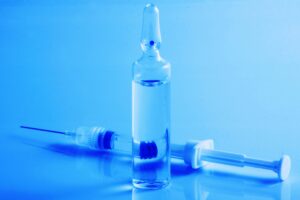


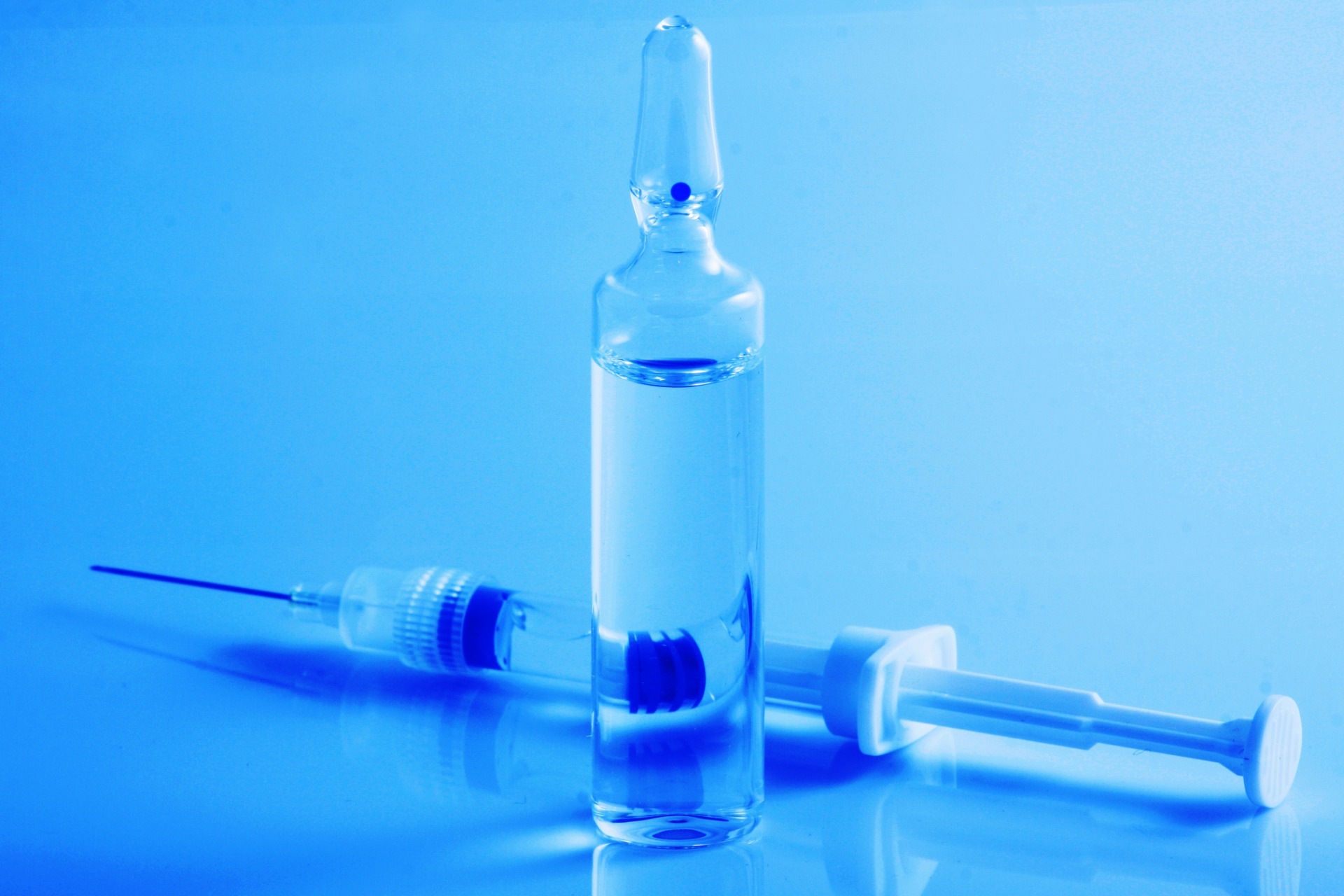
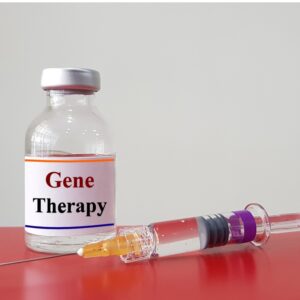
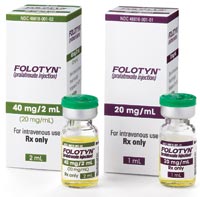
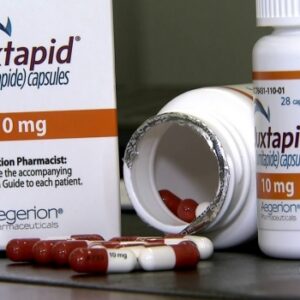

Reviews
There are no reviews yet.